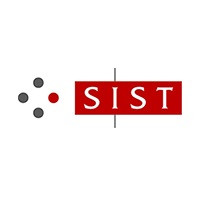This European Standard provides the methodology for measuring and characterizing the dustiness of a bulk material that contains or releases nano-objects or submicrometer particles. In addition, it specifies the environmental conditions, the sample handling procedure and the method of calculating and presenting the results. Guidance is given on the choice of method to be used. The methodology described in this European Standard enables a) the quantification of dustiness in terms of health-related index mass fractions, b) the quantification of dustiness in terms of an index number and an emission rate, and c) the characterization of the aerosol from its particle size distribution and the morphology and chemical composition of its particles. NOTE 1 Currently, no number-based classification scheme in terms of particle number has been established for particle dustiness release. Eventually, when a large enough number of measurement data has been obtained, the intention is to revise this European Standard and to introduce a number-based classification scheme. This European Standard is applicable to all bulk materials, including powders, granules or pellets, containing or releasing nano-objects or submicrometer particles. NOTE 2 The vortex shaker method specified in part 5 of this European Standard has not yet been evaluated for pellets and granules. NOTE 3 The rotating drum and continuous drop methods have not yet been evaluated for nanofibres and nanoplates. This European Standard does not provide methods for assessing the release of particles during handling or mechanical reduction of machining (e.g. crushing, cutting, sanding, sawing) of solid nanomaterials (e.g. nanocomposites).



